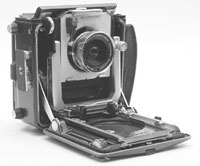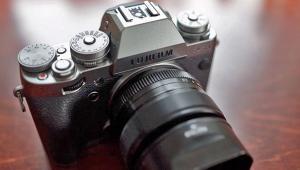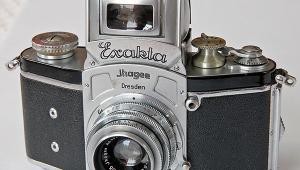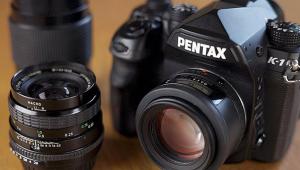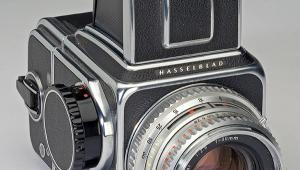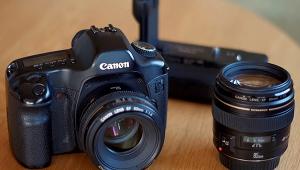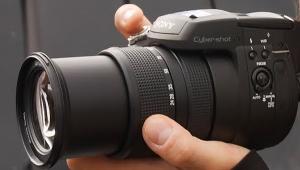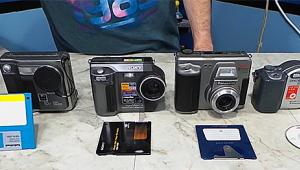Classic Cameras
A Linhof Technika 70 Special
Beware: heresy is about to be spoken. It is that you might care to take one of the most sublimely constructed and complex of all mechanical cameras, and butcher it. The Idea |
